Infant Oxygen Monitoring | CMI Health
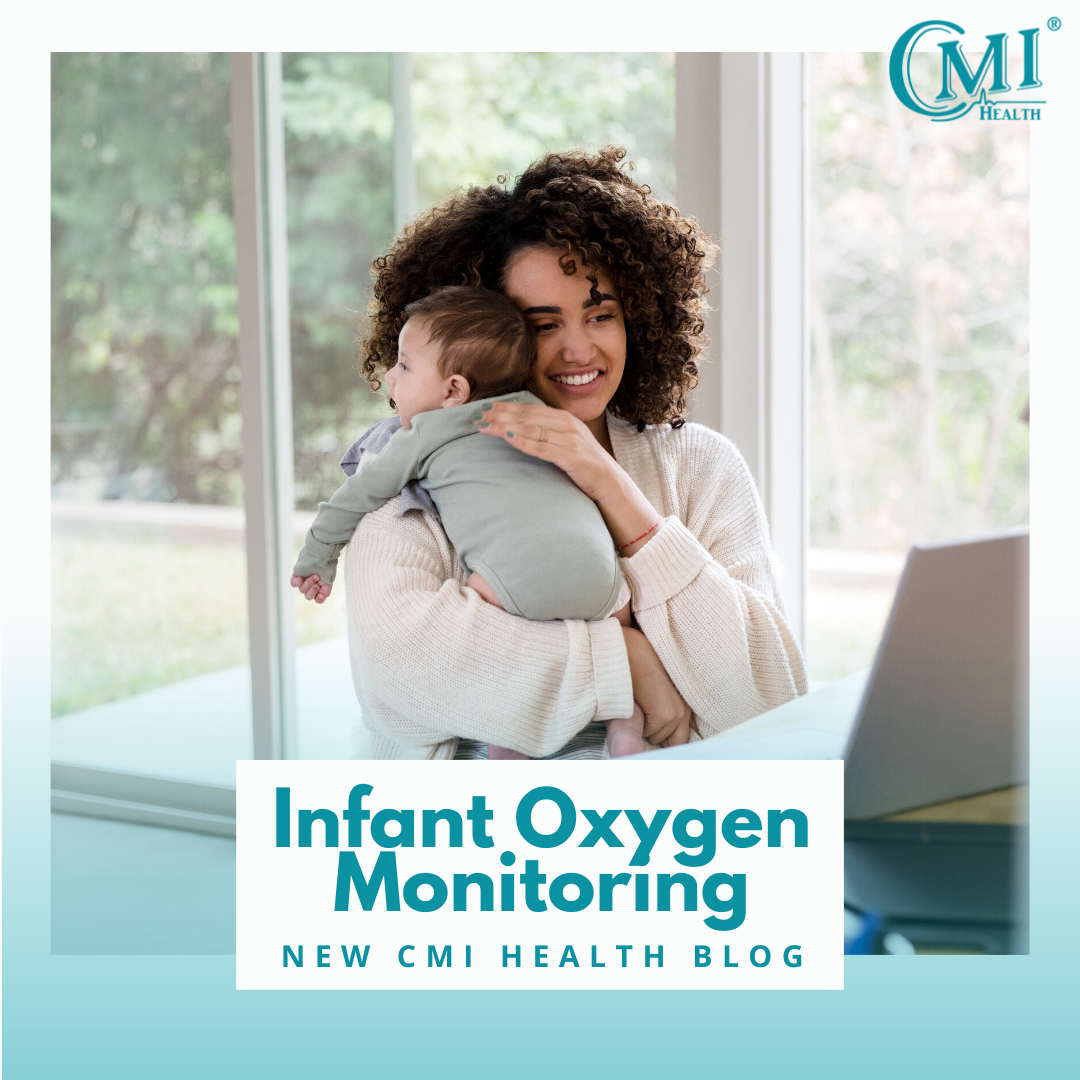
Childcare is one of the hardest and most stressful activities people take on in their lives. This can be made even more difficult when you, a parent, are concerned for your child’s health. Finding easy ways to quickly track and monitor your baby’s health can be life-changing for some families. This is where pulse oximetry, sometimes known as the fifth vital sign, comes in handy. Keep reading to learn why this handheld device is so important and how it can help your family.
What is Pulse Oximetry?
Pulse Oximeters are designed to monitor and measure an individual's SpO2, Pulse Rate, and Perfusion Index. SpO2, or Oxygen Saturation, is the percentage of oxygen present in red blood cells. This metric indicates how effectively oxygen is being transferred throughout the human body. The Perfusion Index (PI) is a measurement that is calculated as the ratio of pulsing blood to non-pulsing blood, and it typically indicates pulse strength. (Hales, 1989). Measuring and tracking this personal health data enables a user to assess and make informed decisions when it matters most.
Pulse Oximeters work by using a clip-on or wrap-around sensor with a pulse oximeter to pass infrared light through the blood in the finger, toe, and earlobe. The infrared light can calculate differences in light absorption, which then can tell us someone’s blood-oxygen saturation level and pulse rate. See how you can interpret Pulse Oximeter readings here. This procedure is totally non-invasive, which makes it even more ideal for parents of infants and young children. Understanding and monitoring this information can help with different conditions and symptoms and can even prevent future ailments from developing.
Pulse Oximetry & Infant Care
There are a multitude of benefits when it comes to Pulse Oximetry for childcare. It can help monitor oxygen levels and detect early signs of hypoxemia, determine the effectiveness of breathing interventions, and catch abnormal side-effects from new medications. Whether you’re worried about your premature baby’s health or just wanting to monitor your newborn overnight, there are plenty of uses in pulse oximetry for new parents.
Another compelling reason to purchase a pulse oximeter for monitoring your newborn is that it’s an easy way to keep your pediatrician informed and up to date with your baby’s health. The innovative way our Pulse Oximeters keep track of health data allows for fast and simple sharing of said data with your child’s physician. While your doctor can’t be with your child all the time, you can—and the information you gather outside of doctor visits could be critical in how they treat your child. It’s never a bad idea to provide them with any strange results or potential symptoms that your Pulse Oximeter picks up, especially when this can give your doctor a much more holistic view of your child’s health.
For more information on the best practices when it comes to pulse oximeter usage and your infant, you can visit this helpful guide created by the Children's Hospital of Colorado .
Interested in purchasing your own Pulse Oximeter? View our collection of easy-to-use, clinical-grade monitoring devices here and infant monitoring sensors here.
If you need a home pulse oximeter model to help track your family’s health, reach out to CMI Health. We carry everything from pediatric pulse oximeter sensors for infants to adult models that attach securely around the finger. This way, you can be sure that all your loved ones are breathing well and living happily—regardless of their existing medical conditions. Follow CMI Health to stay up to date with the latest industry innovations and medical device information to take the guesswork out of purchasing important healthcare devices.
Still have questions? Feel free to contact us at info@cmihealth.com or call us at 888-985-1125 (ext. 1).




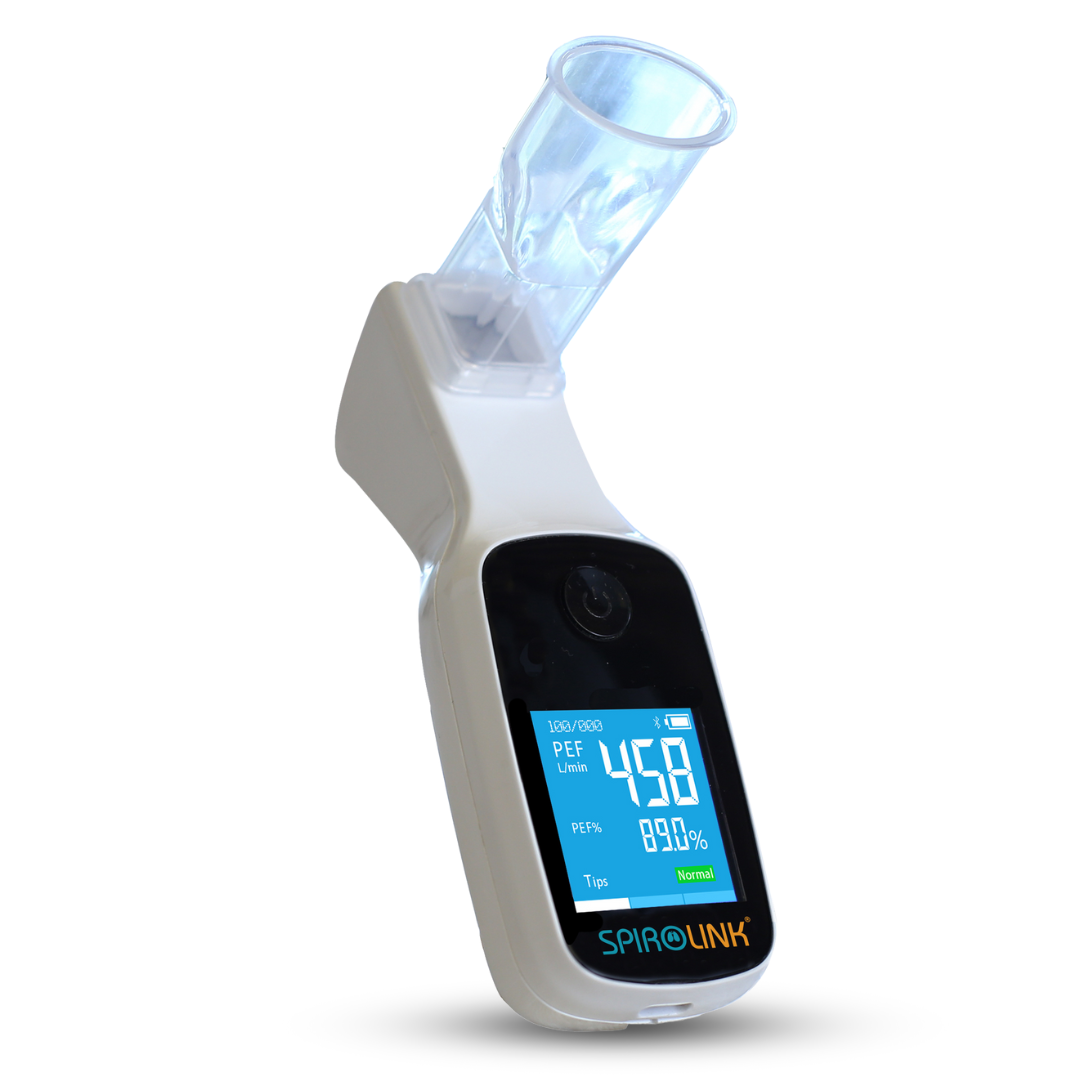
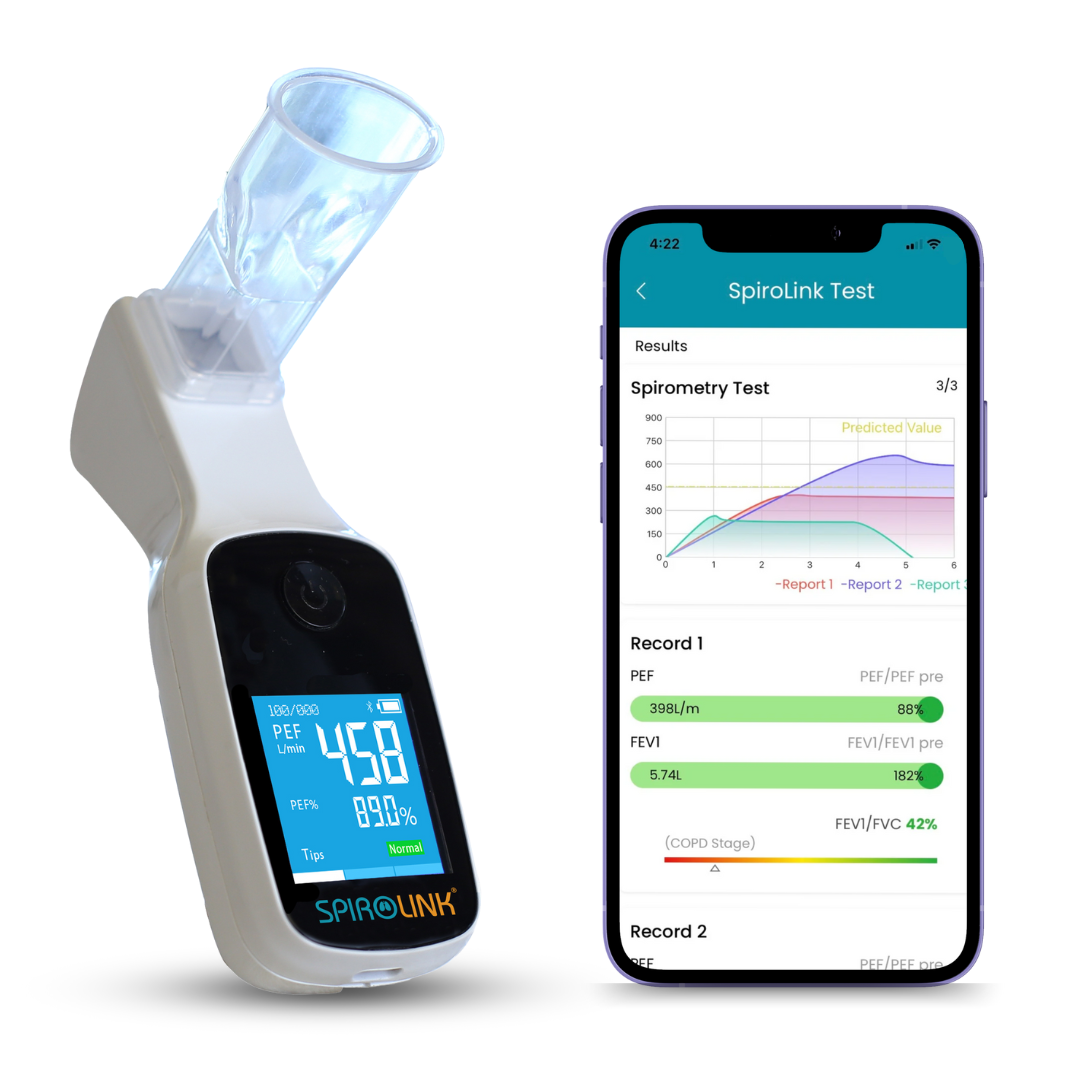
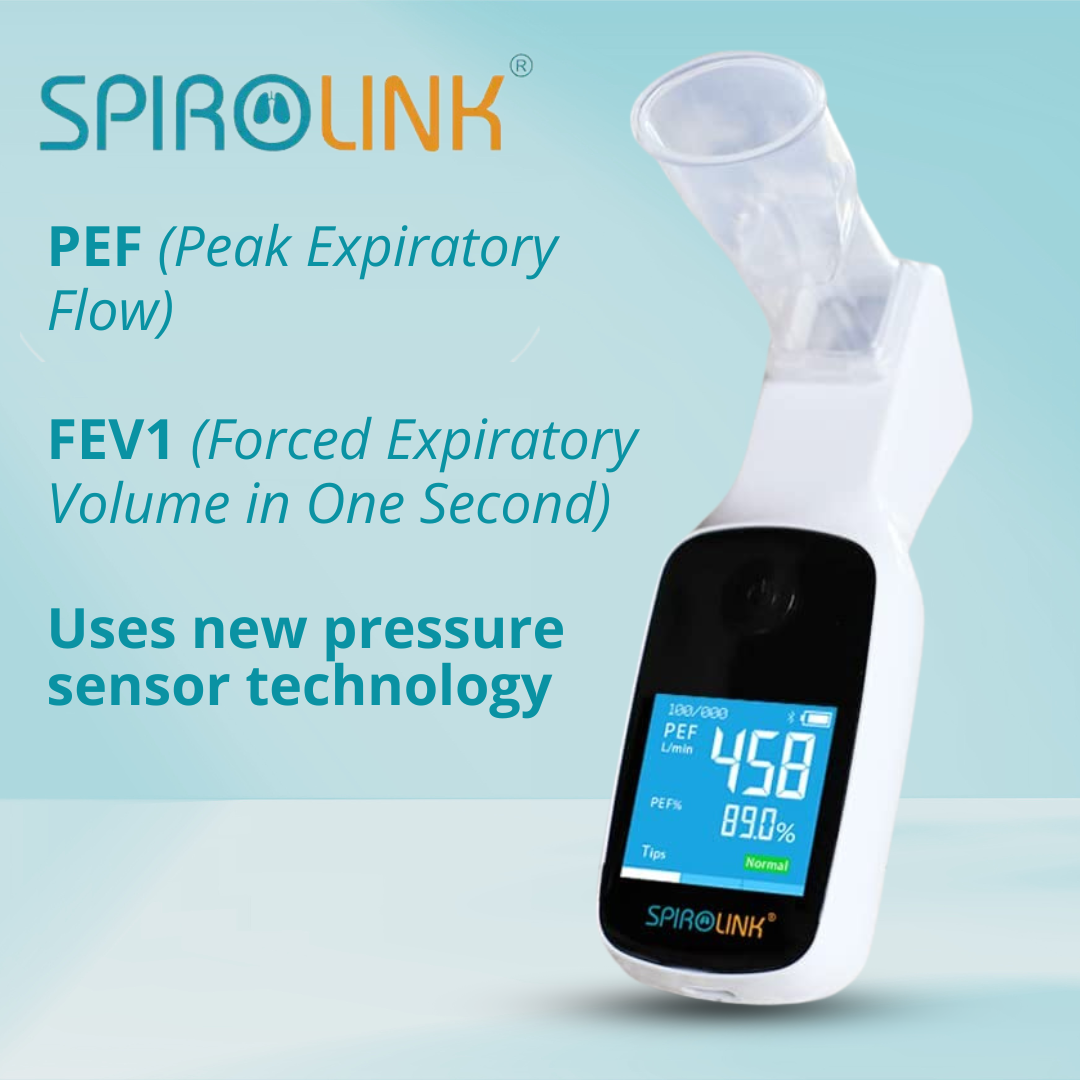
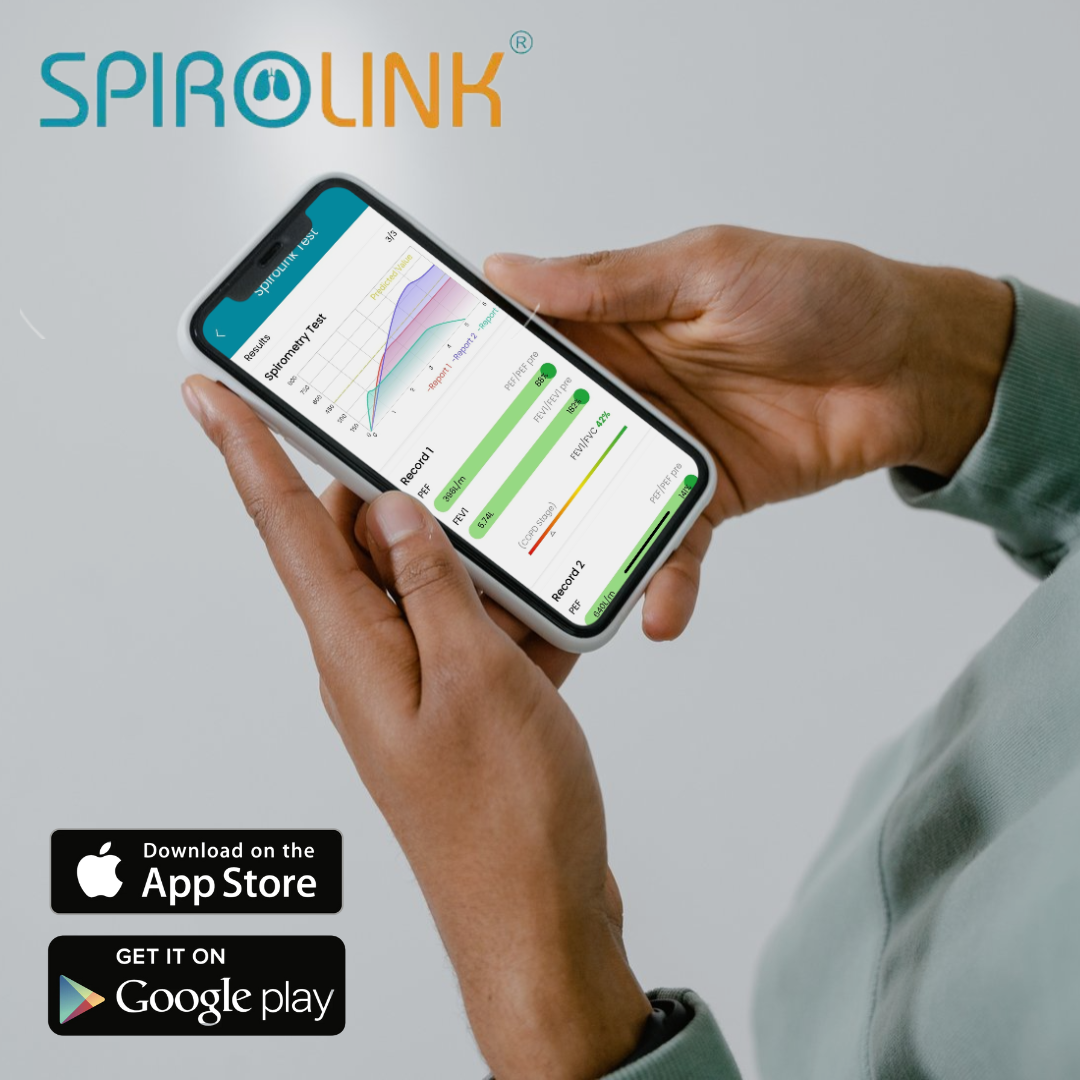
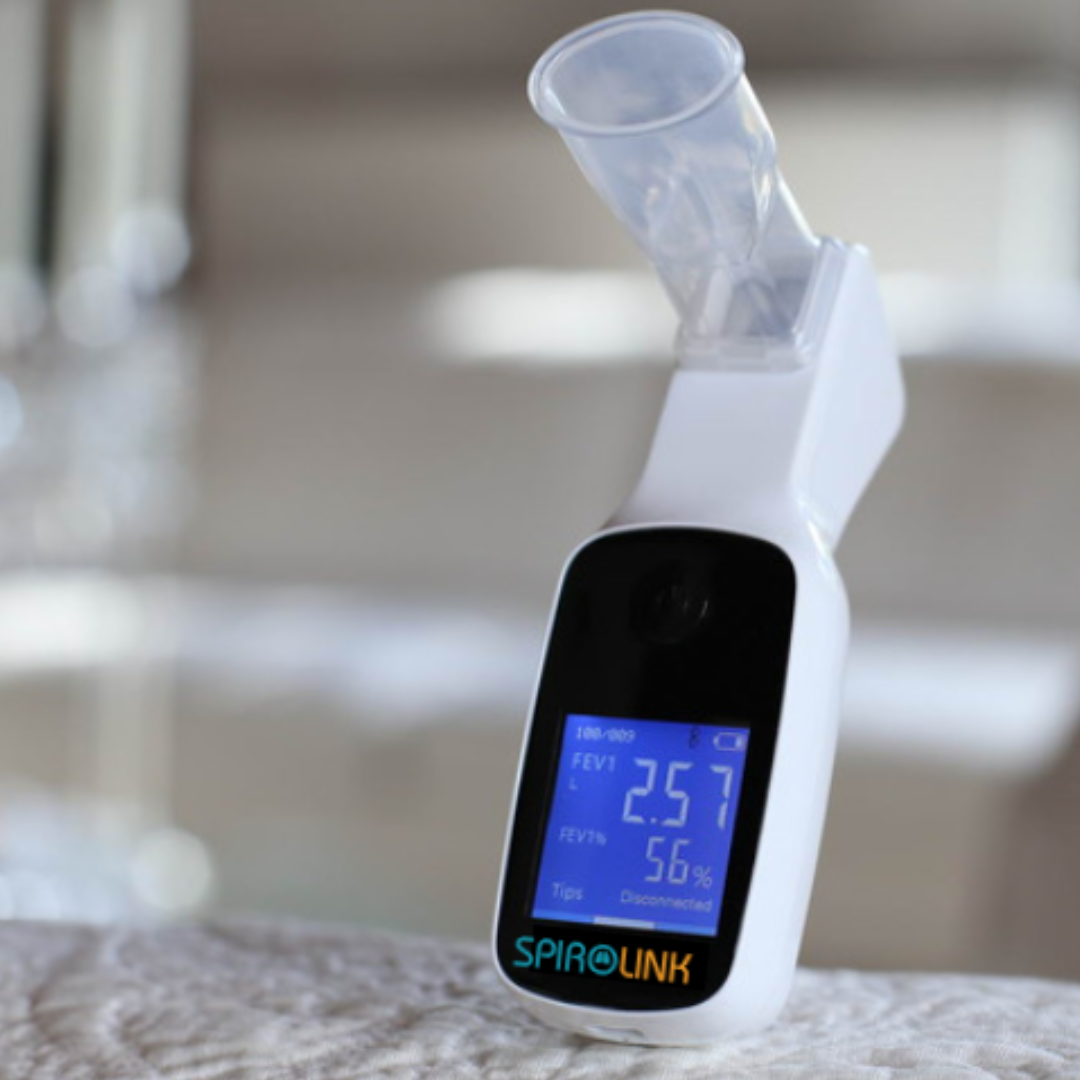
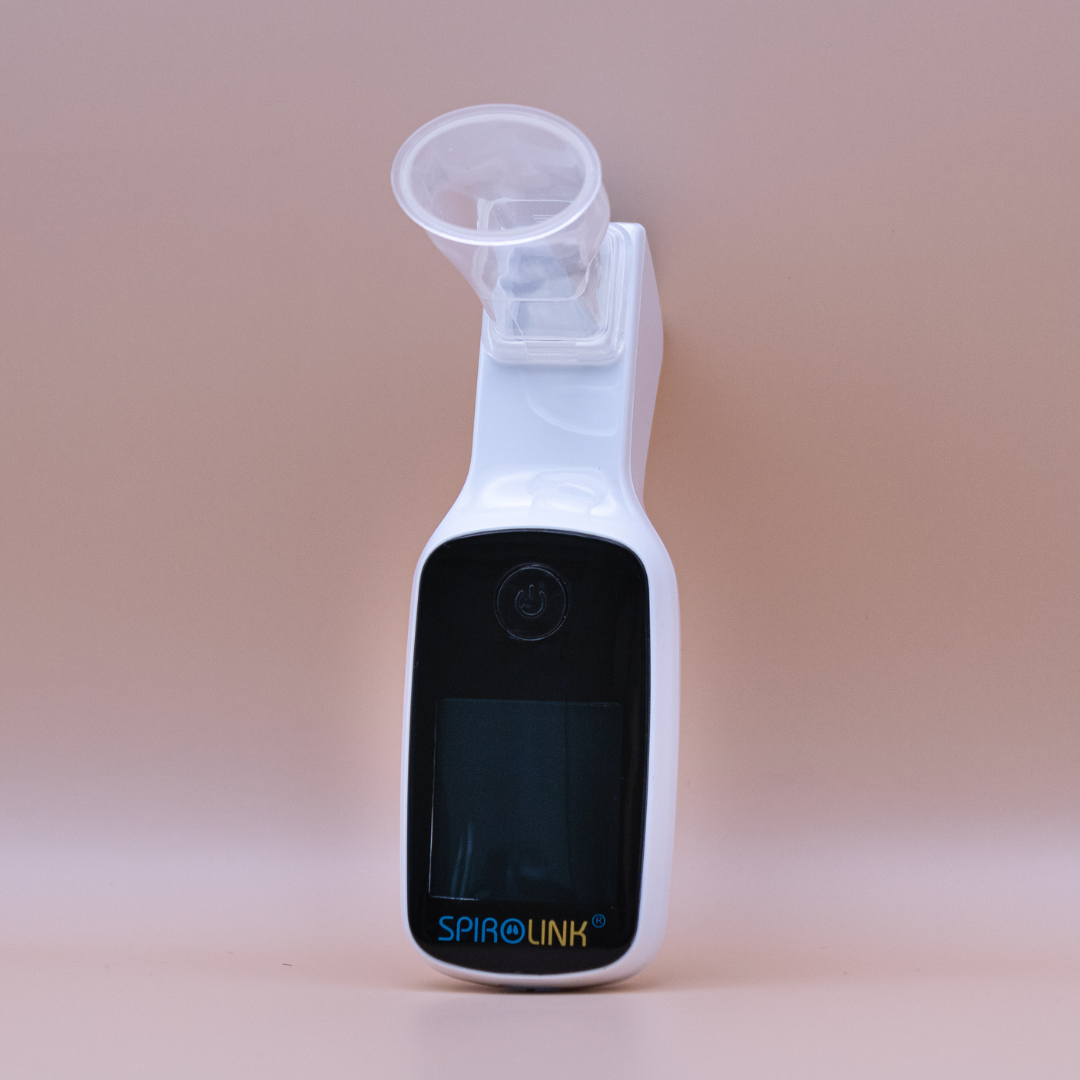
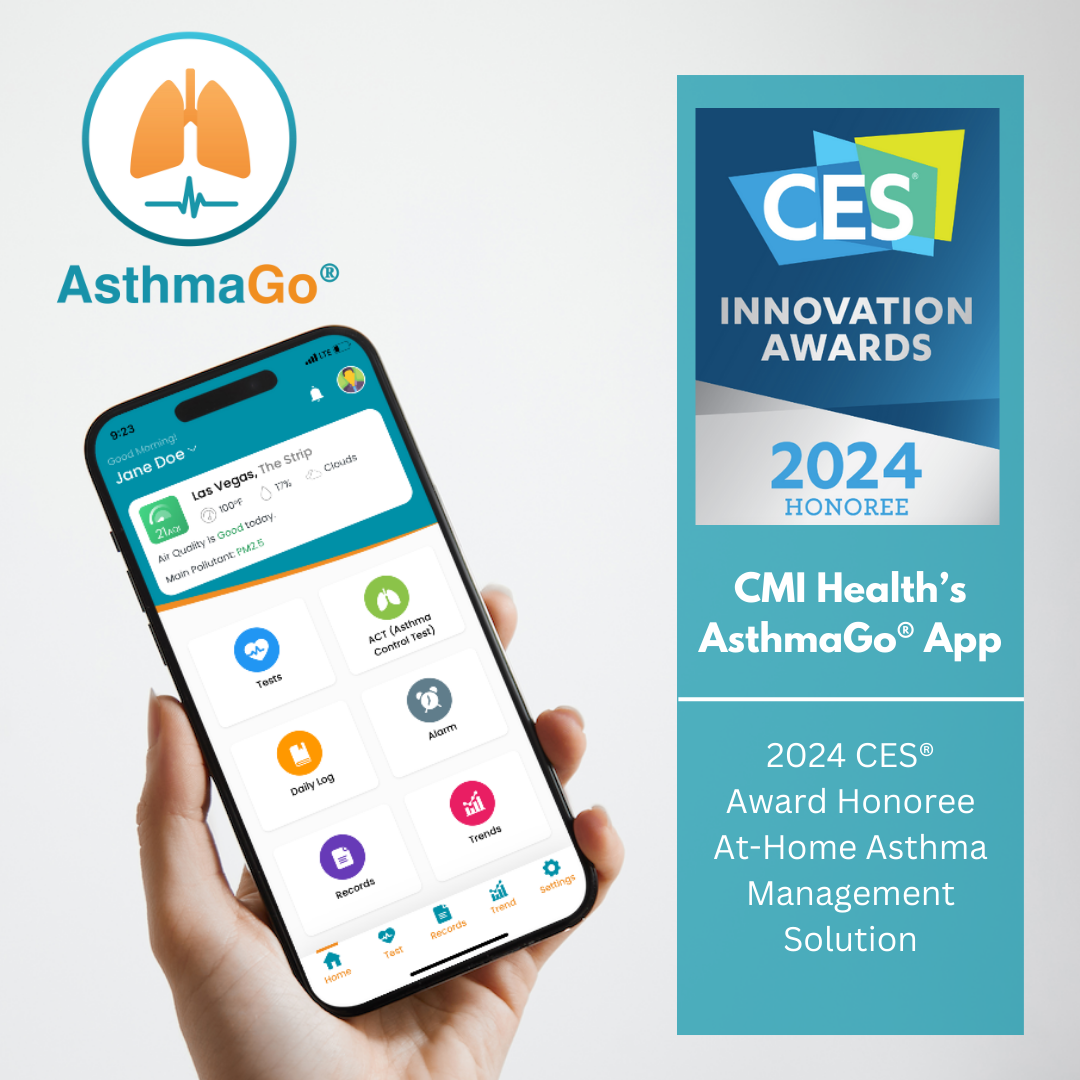
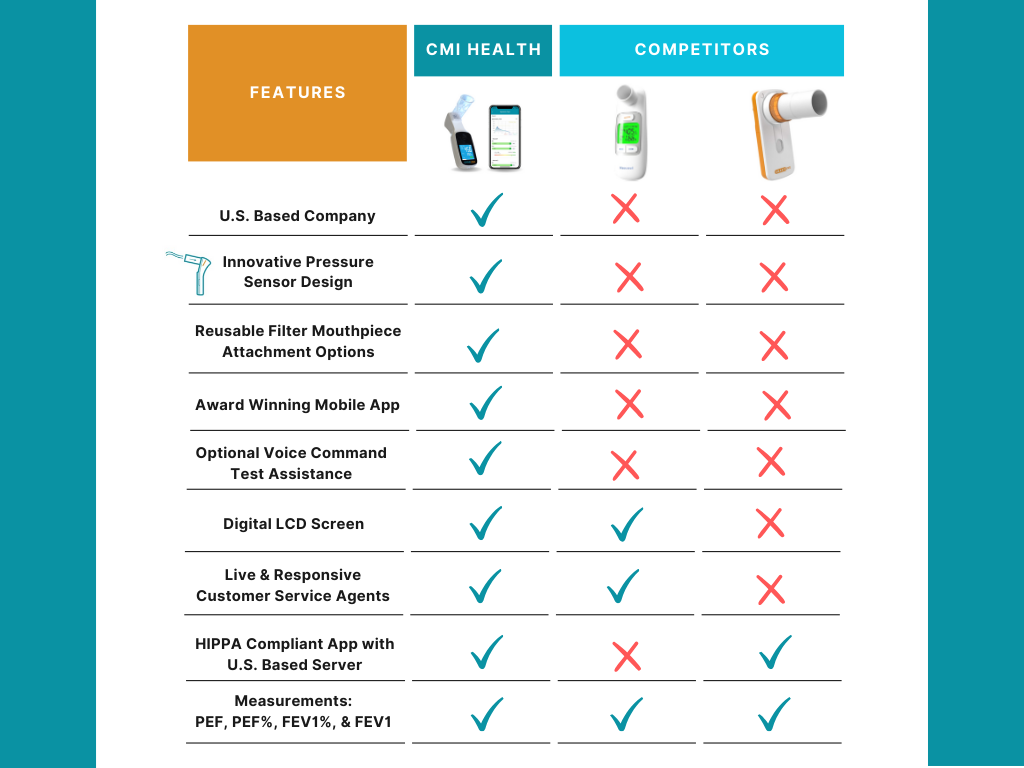
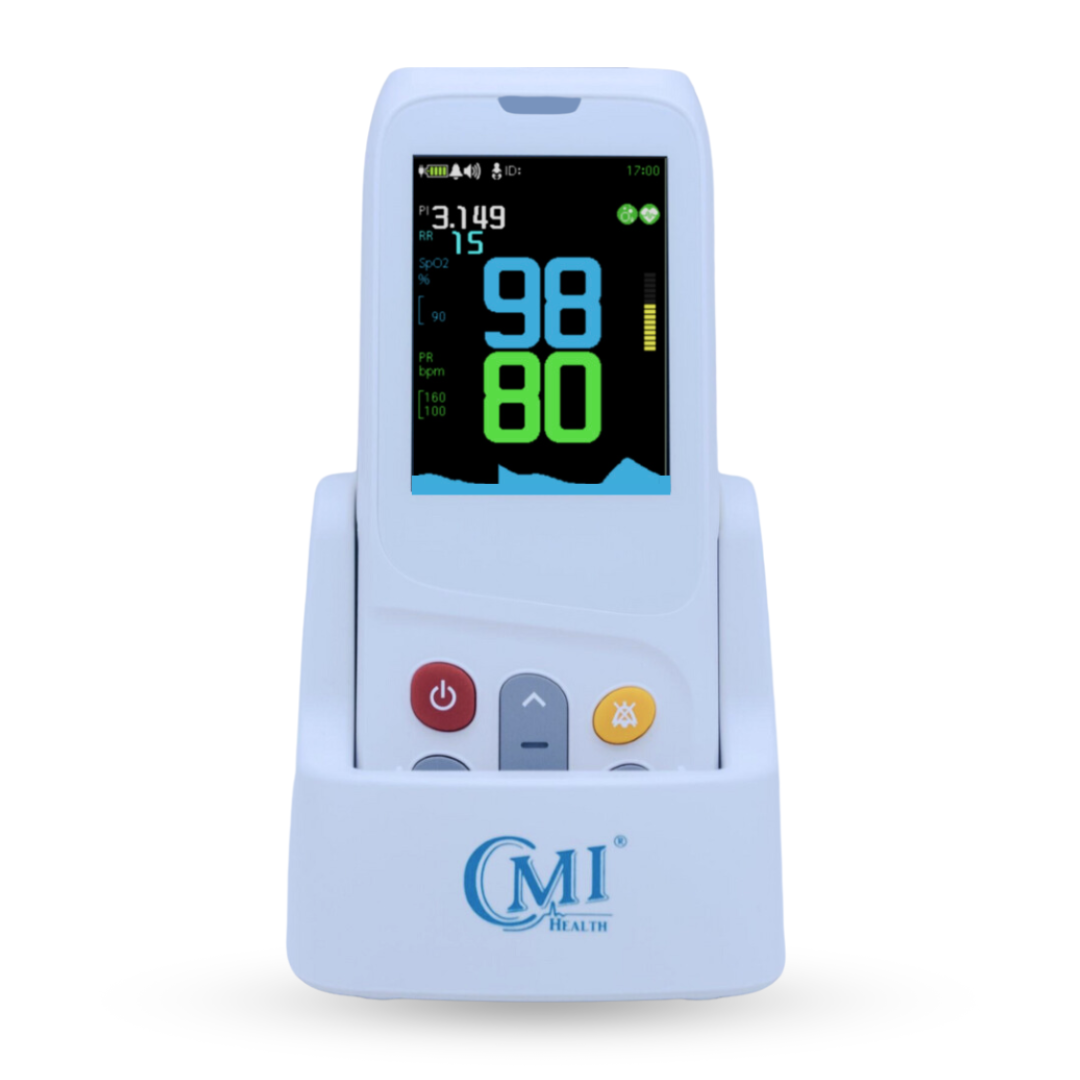
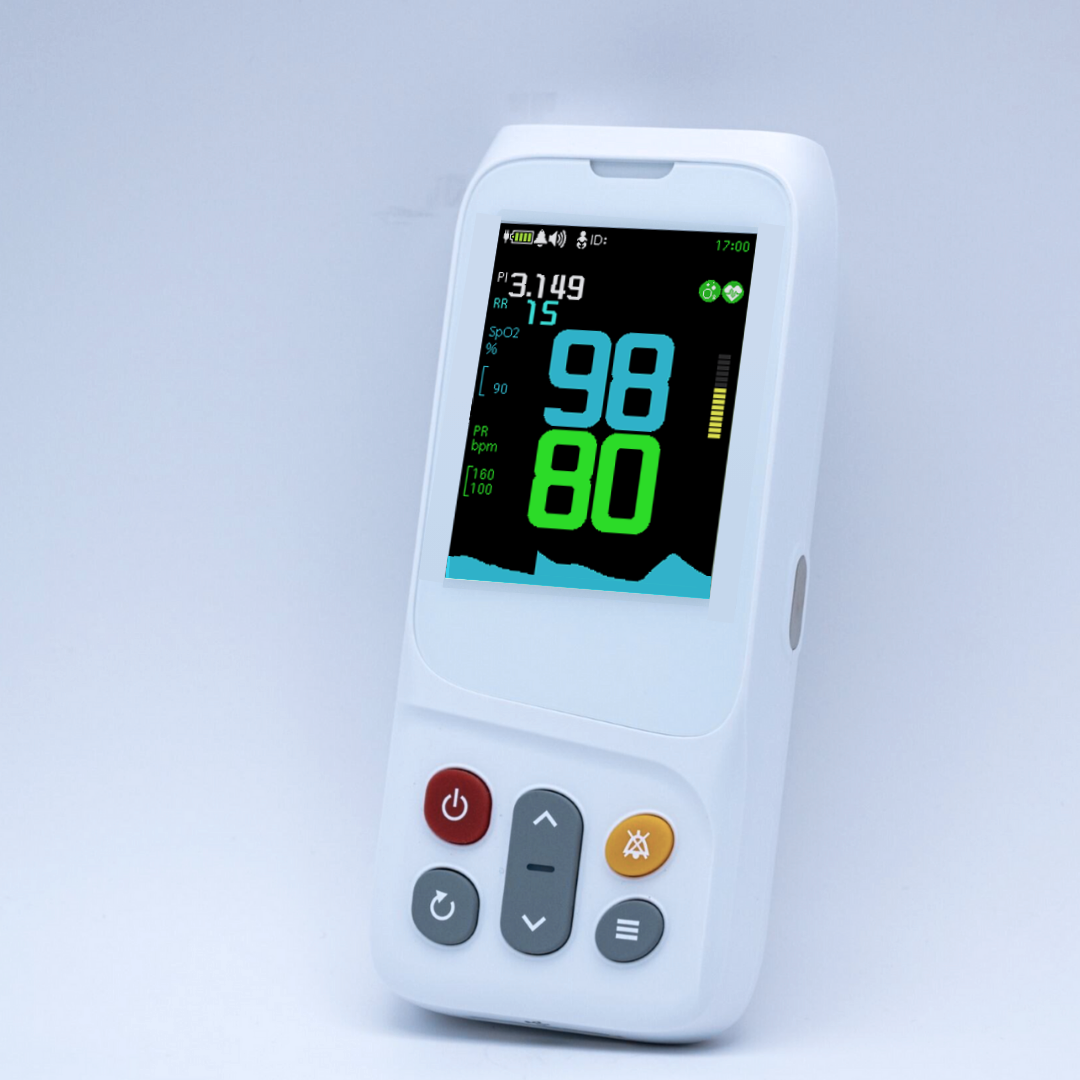
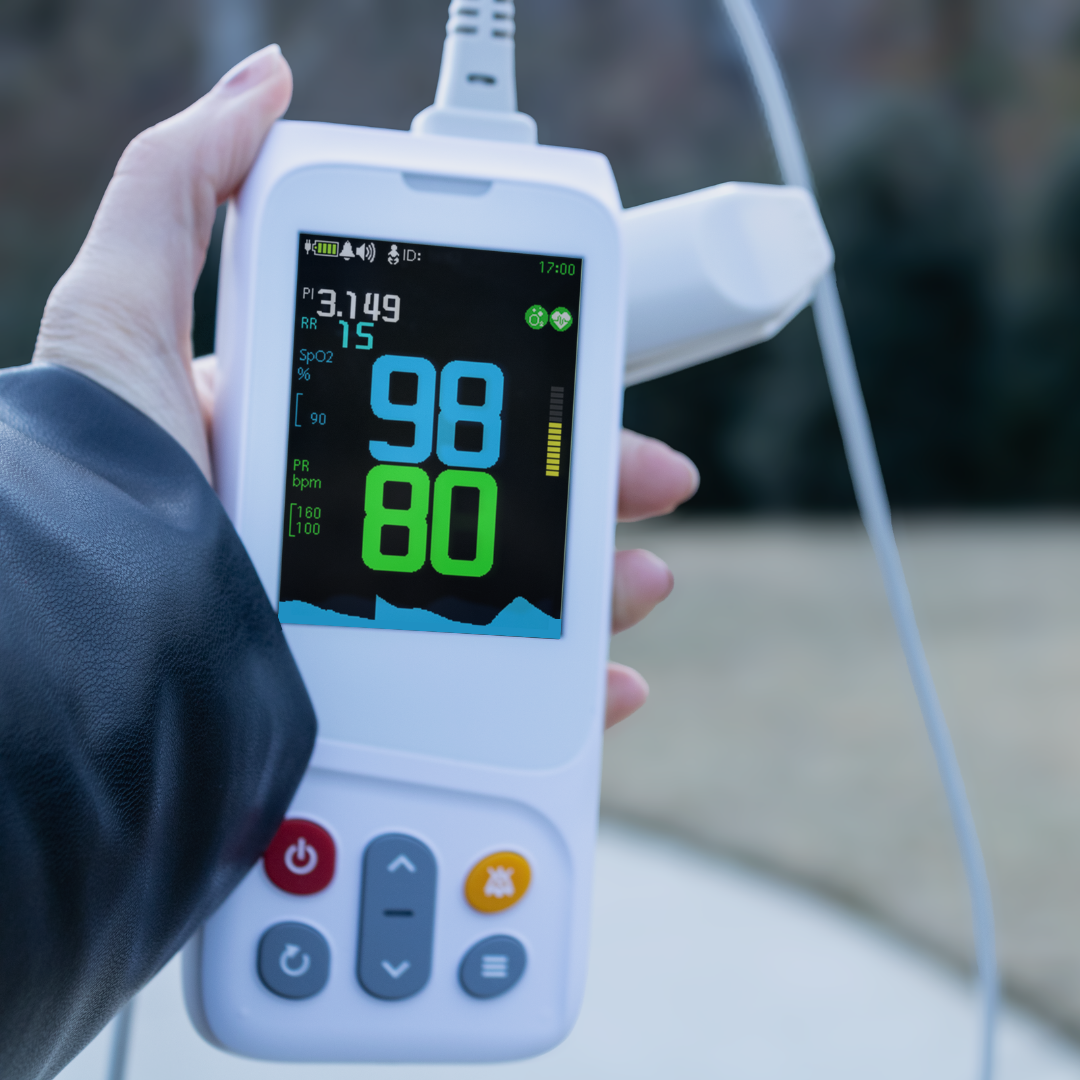
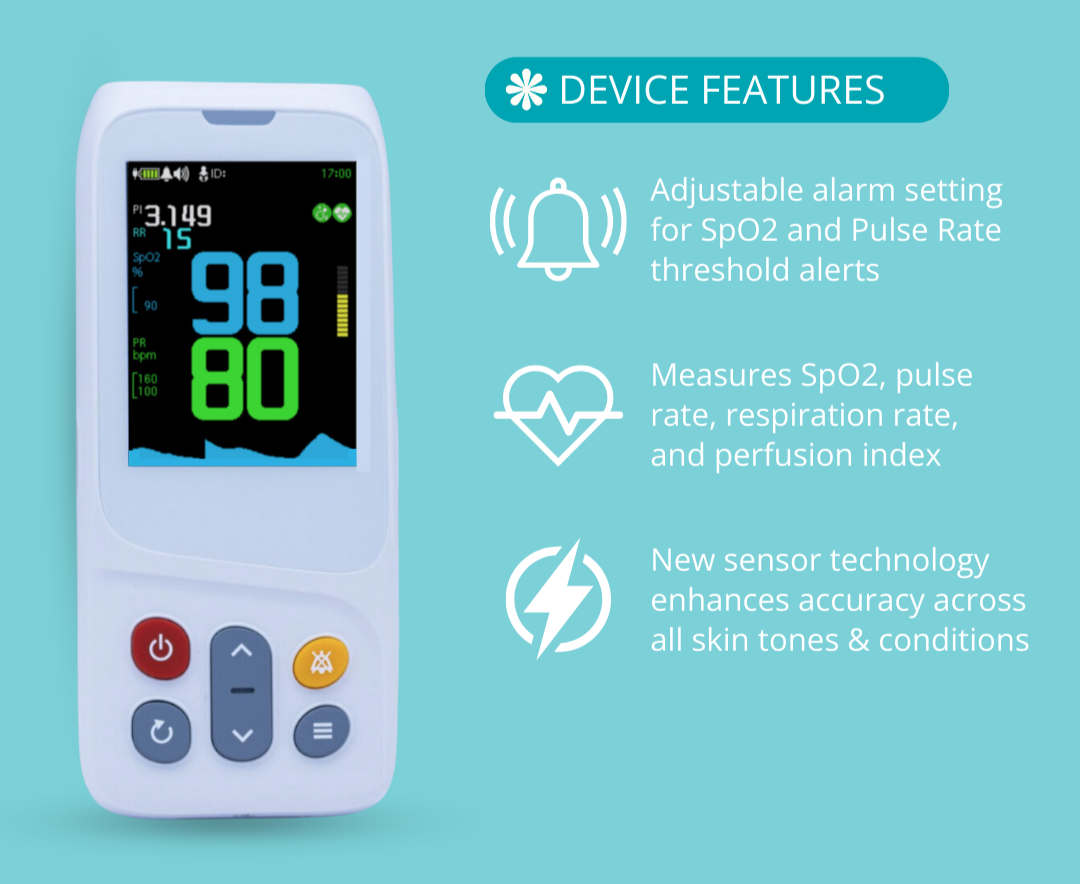
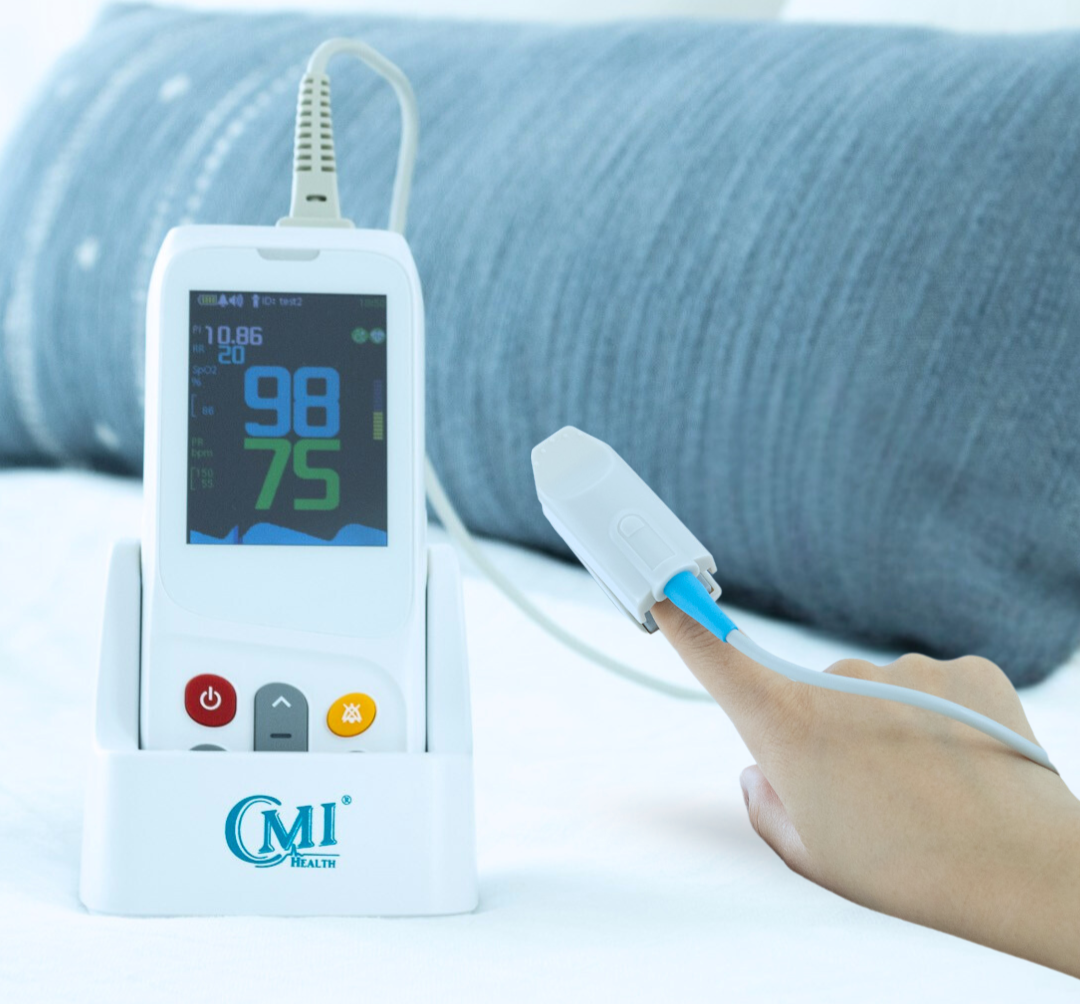
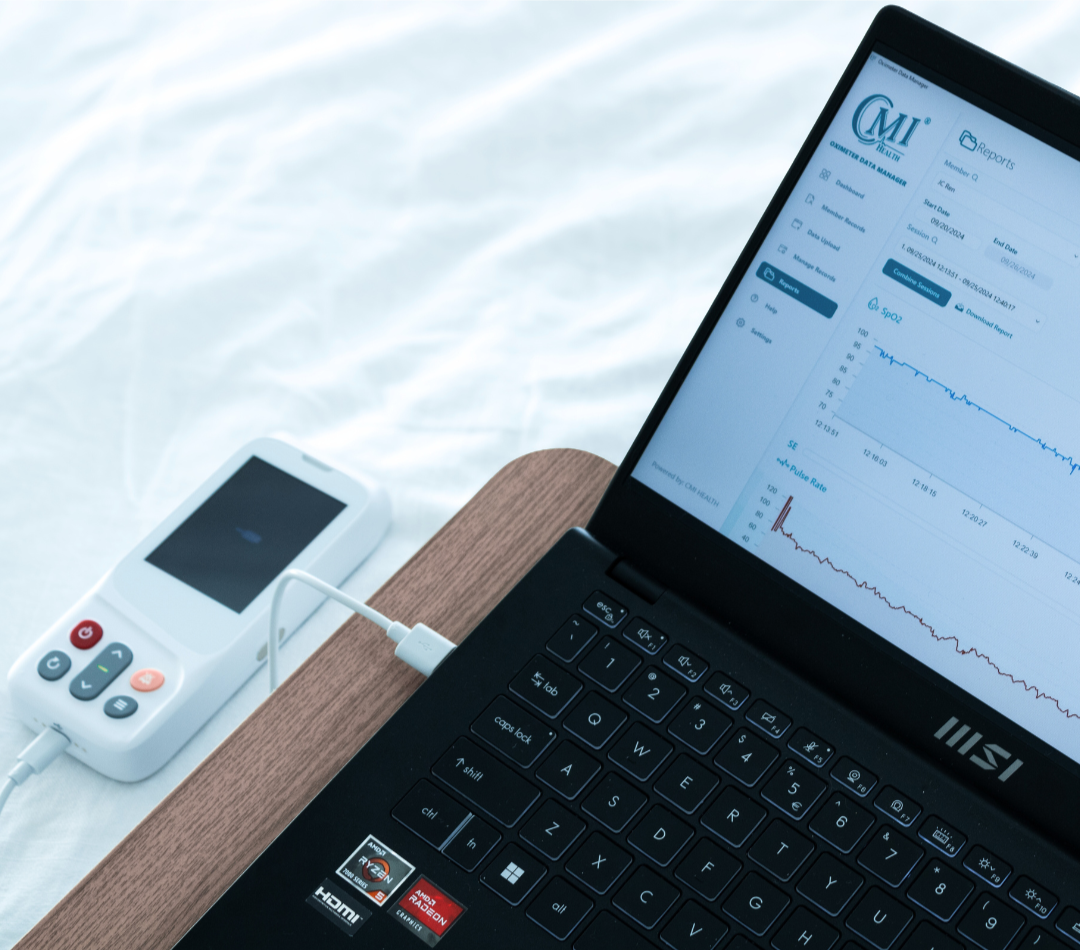
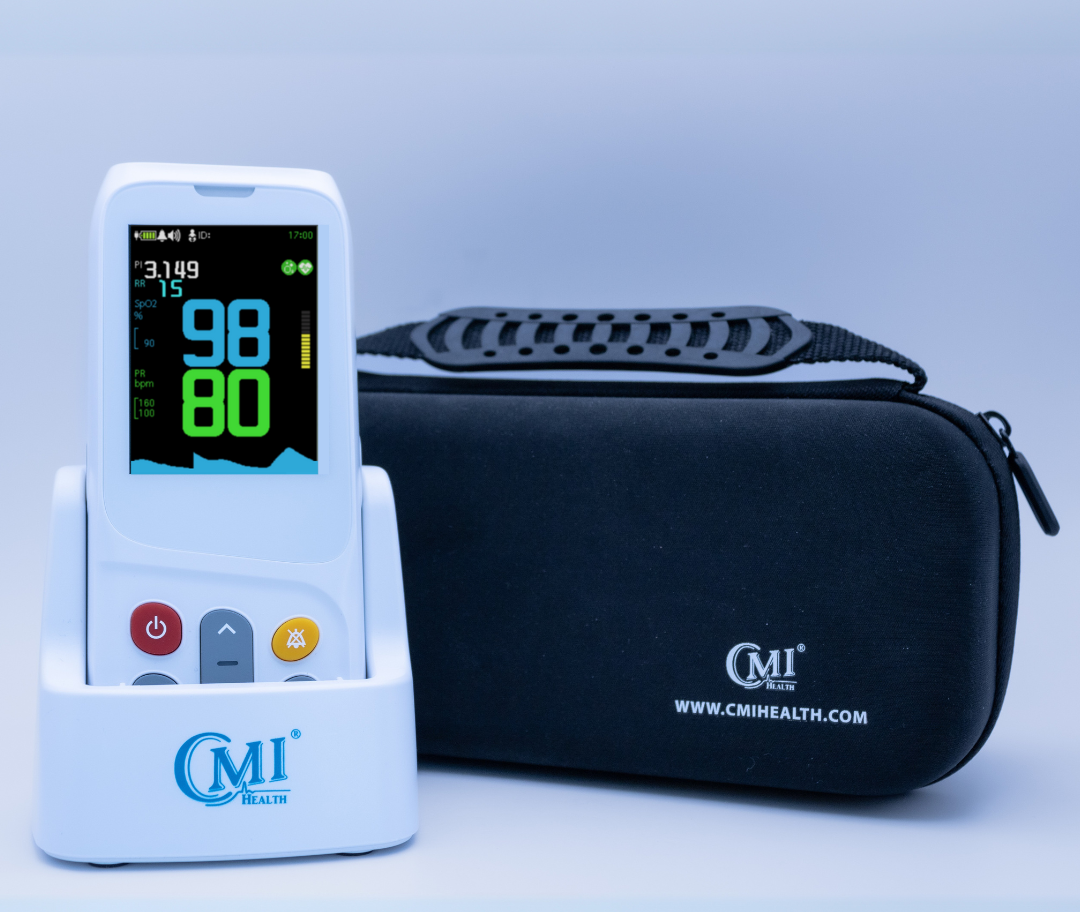
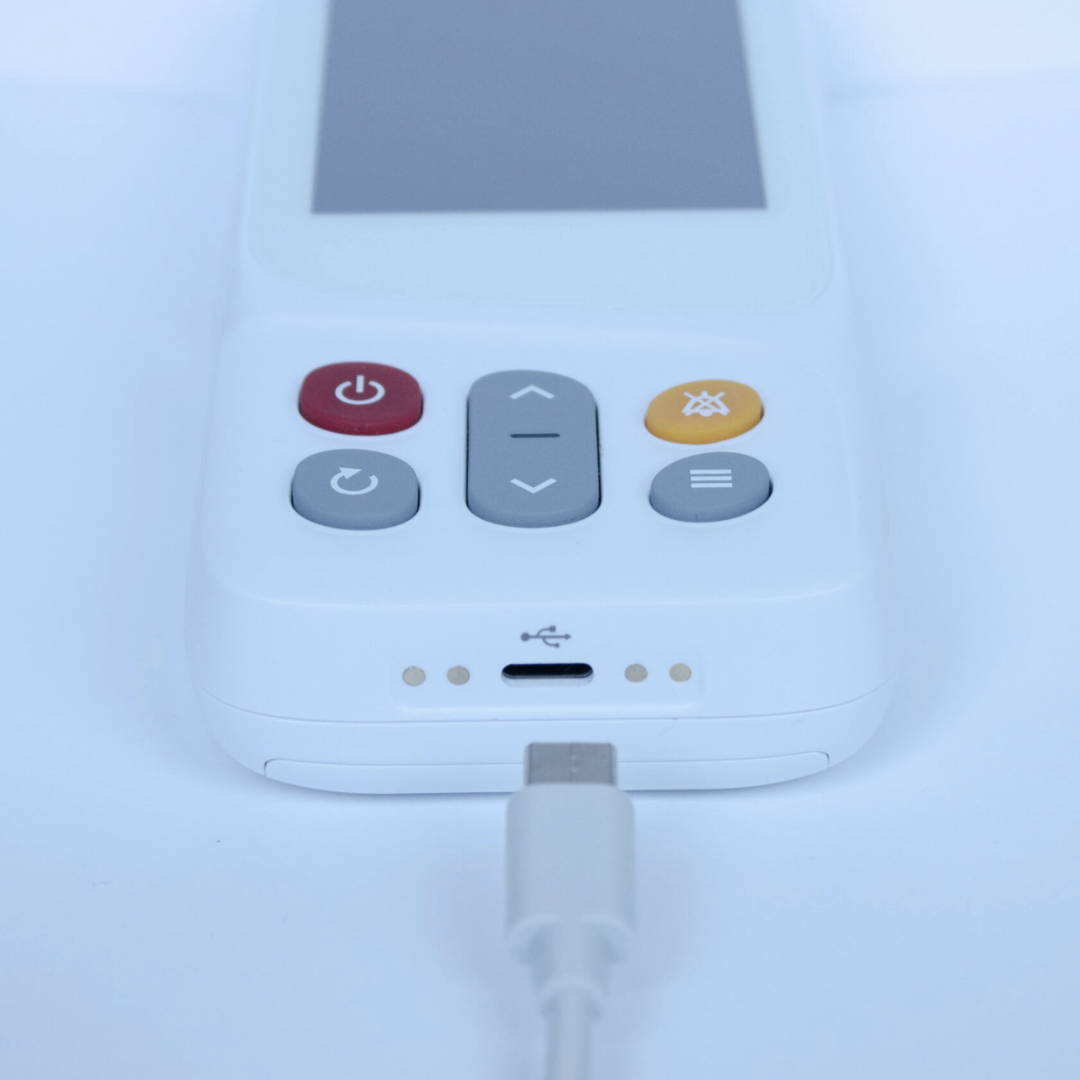
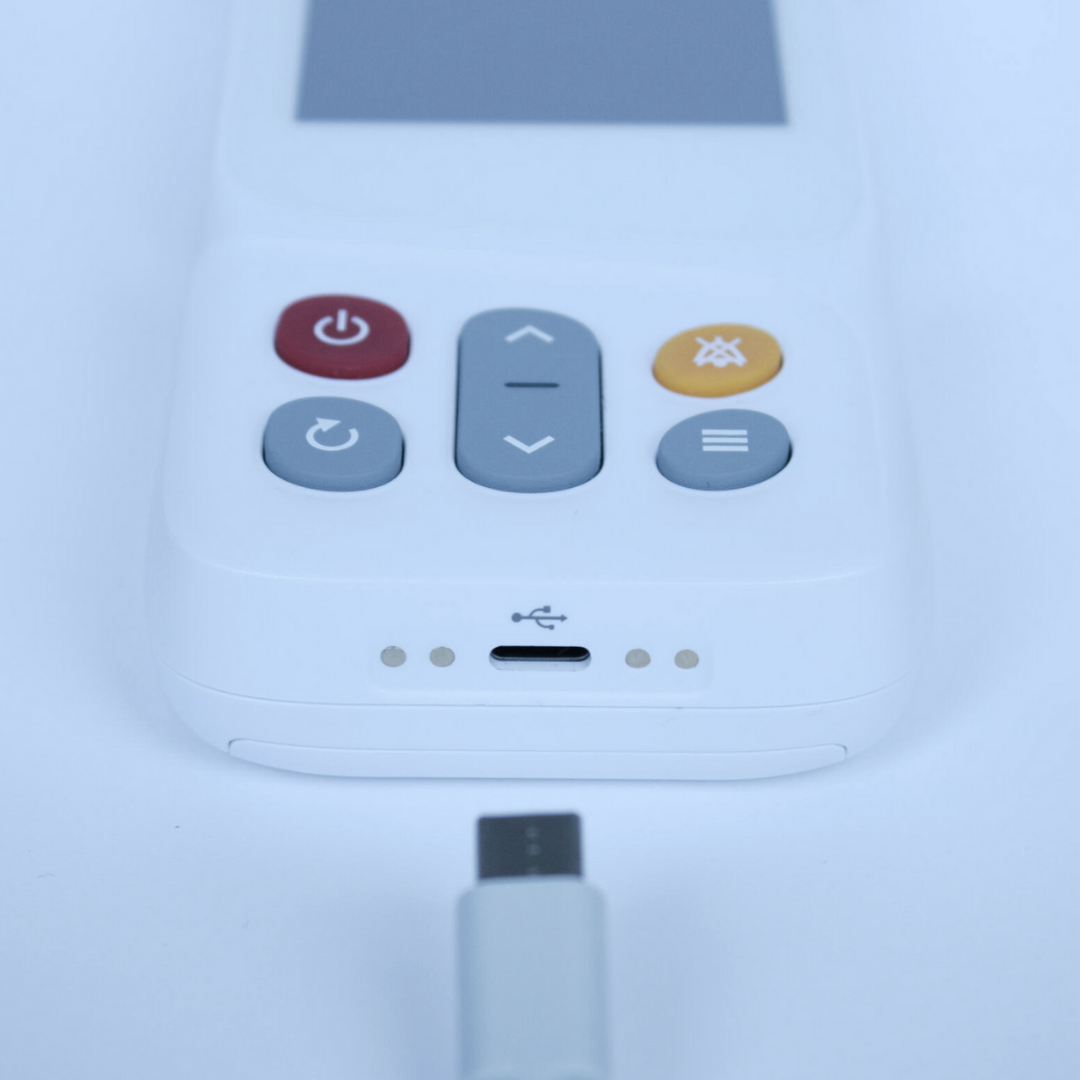
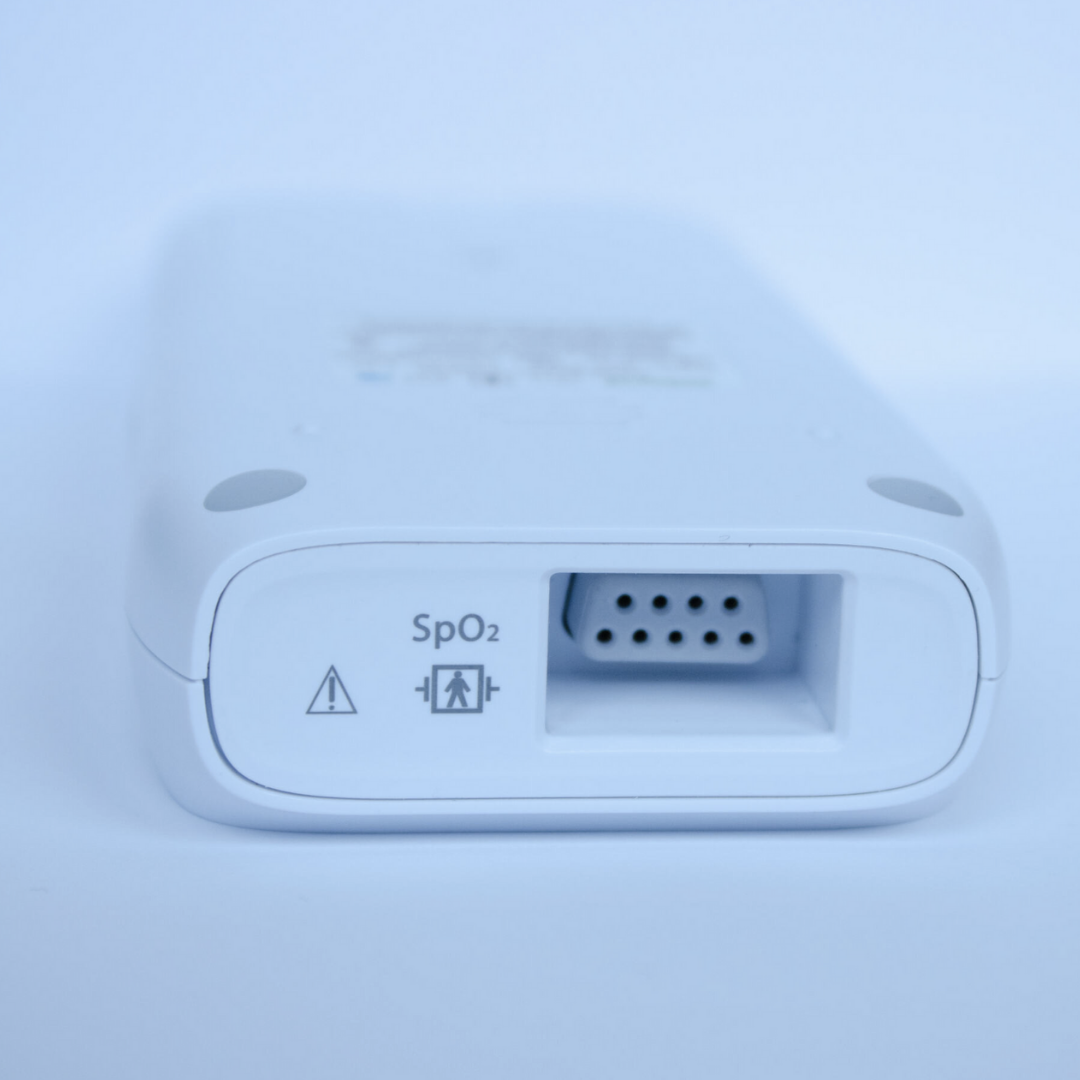
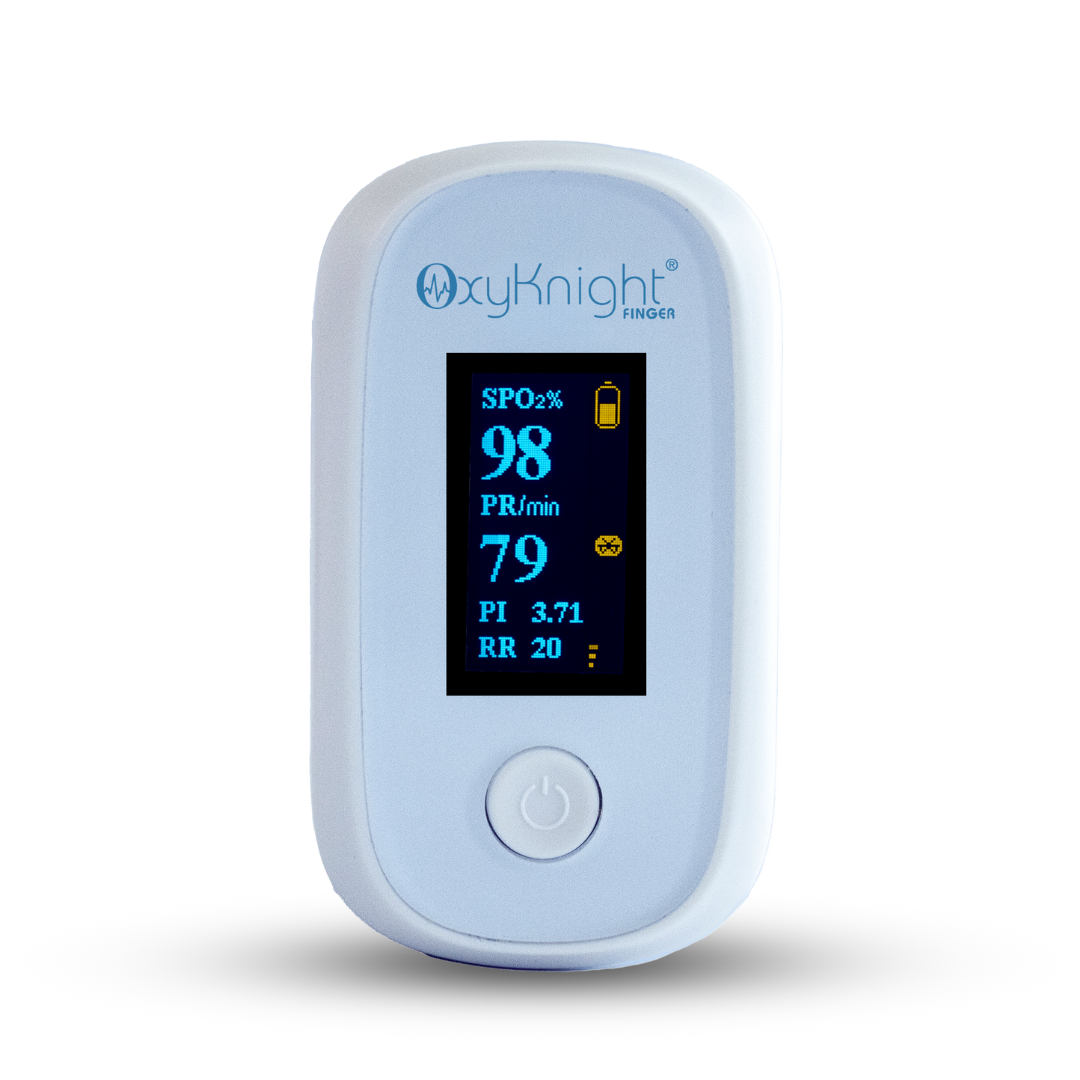
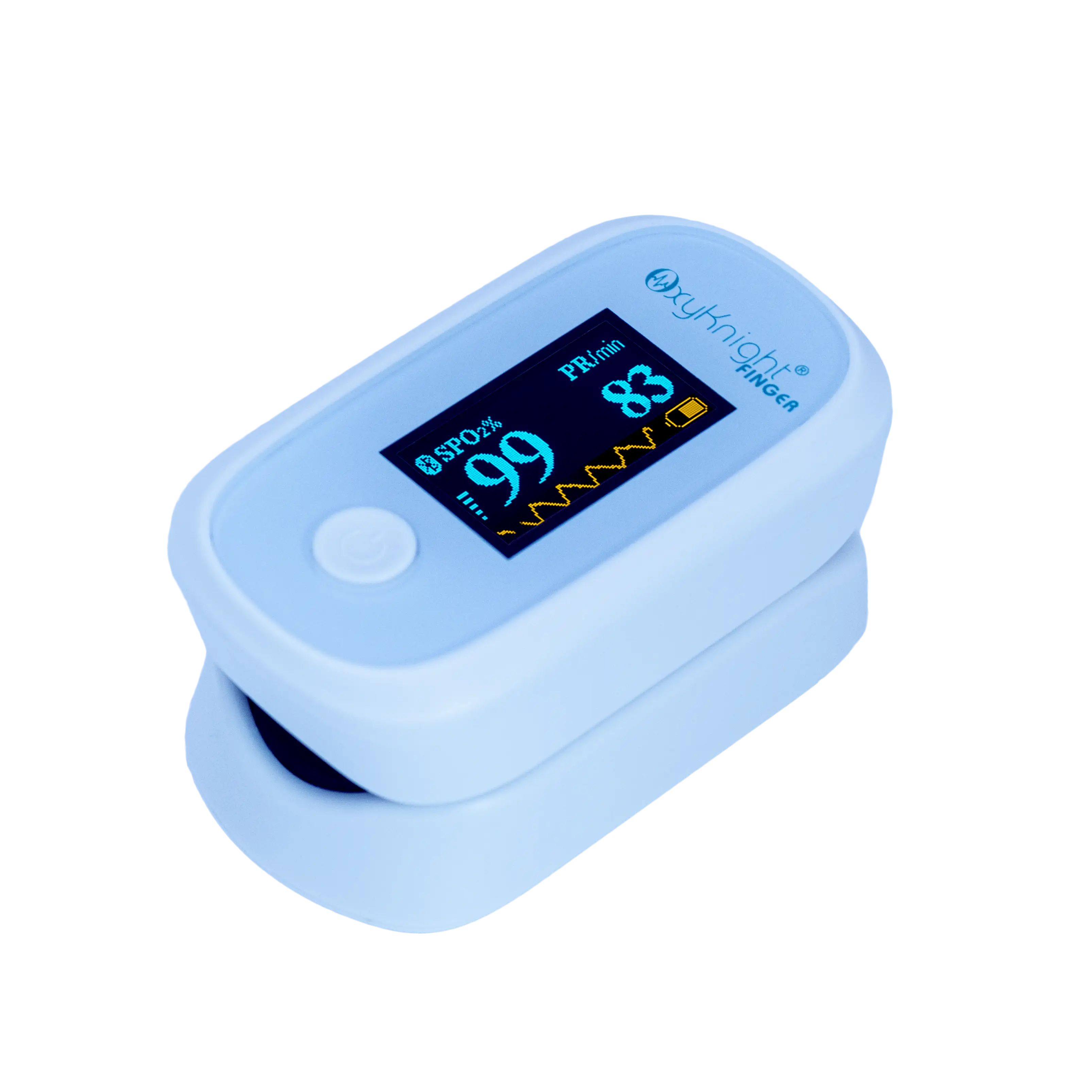
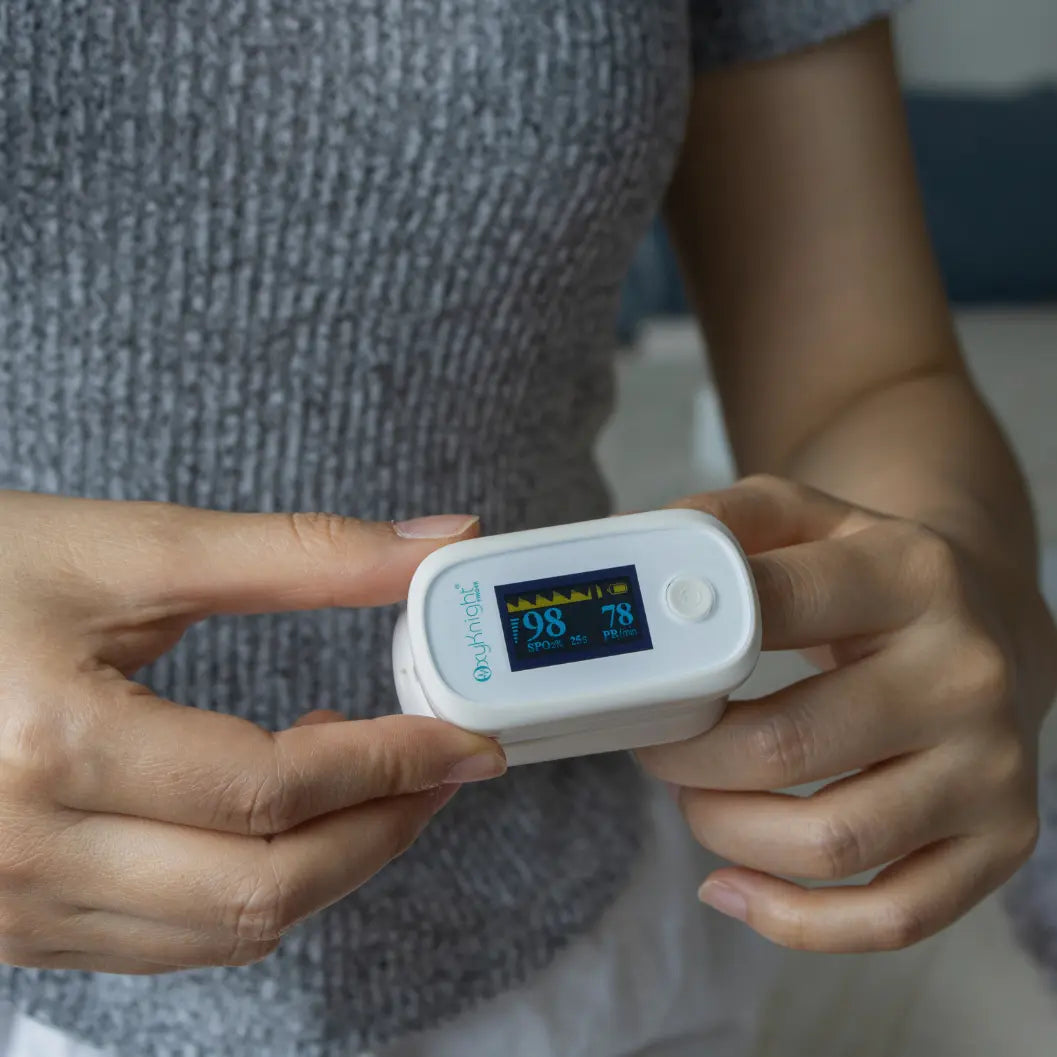
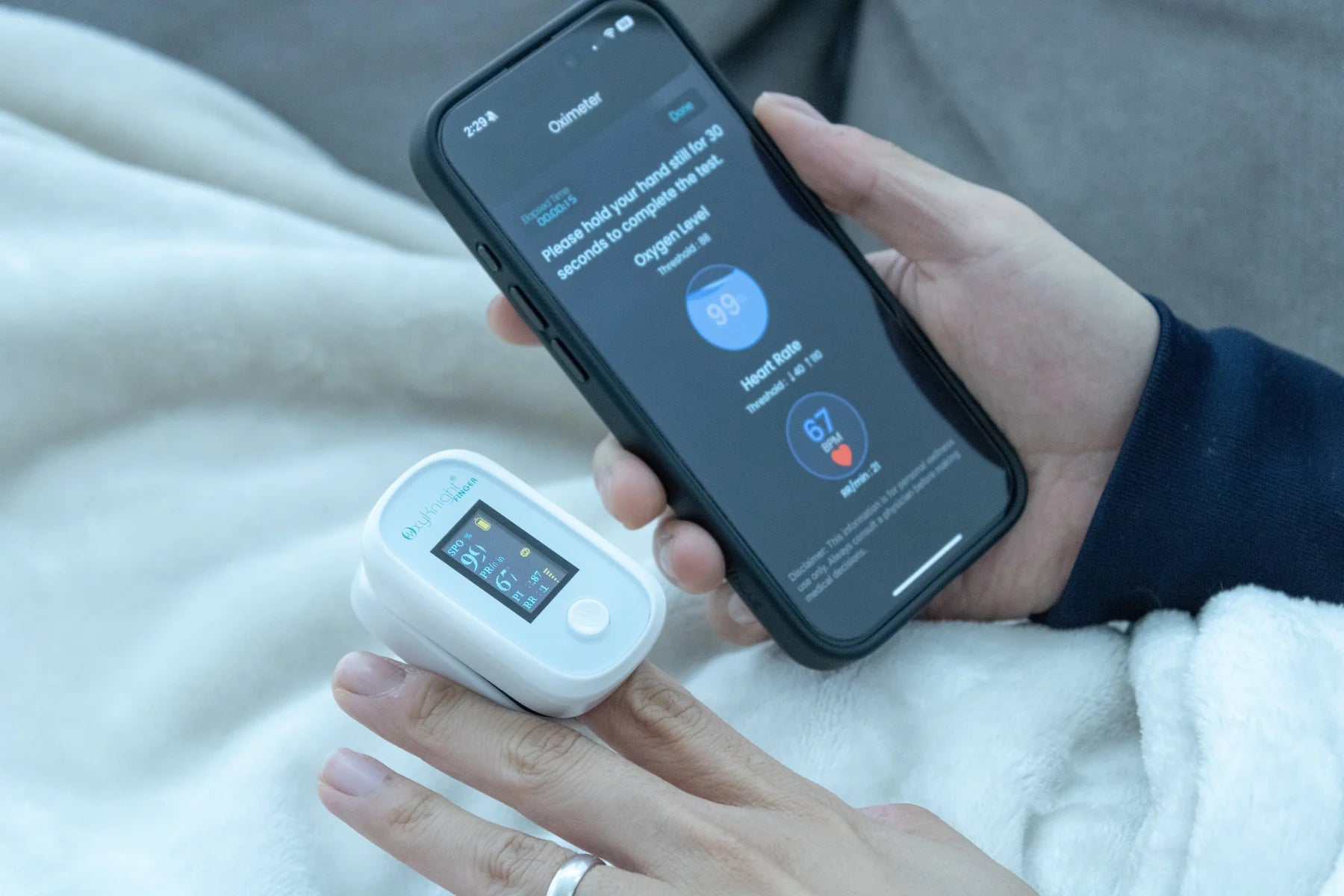
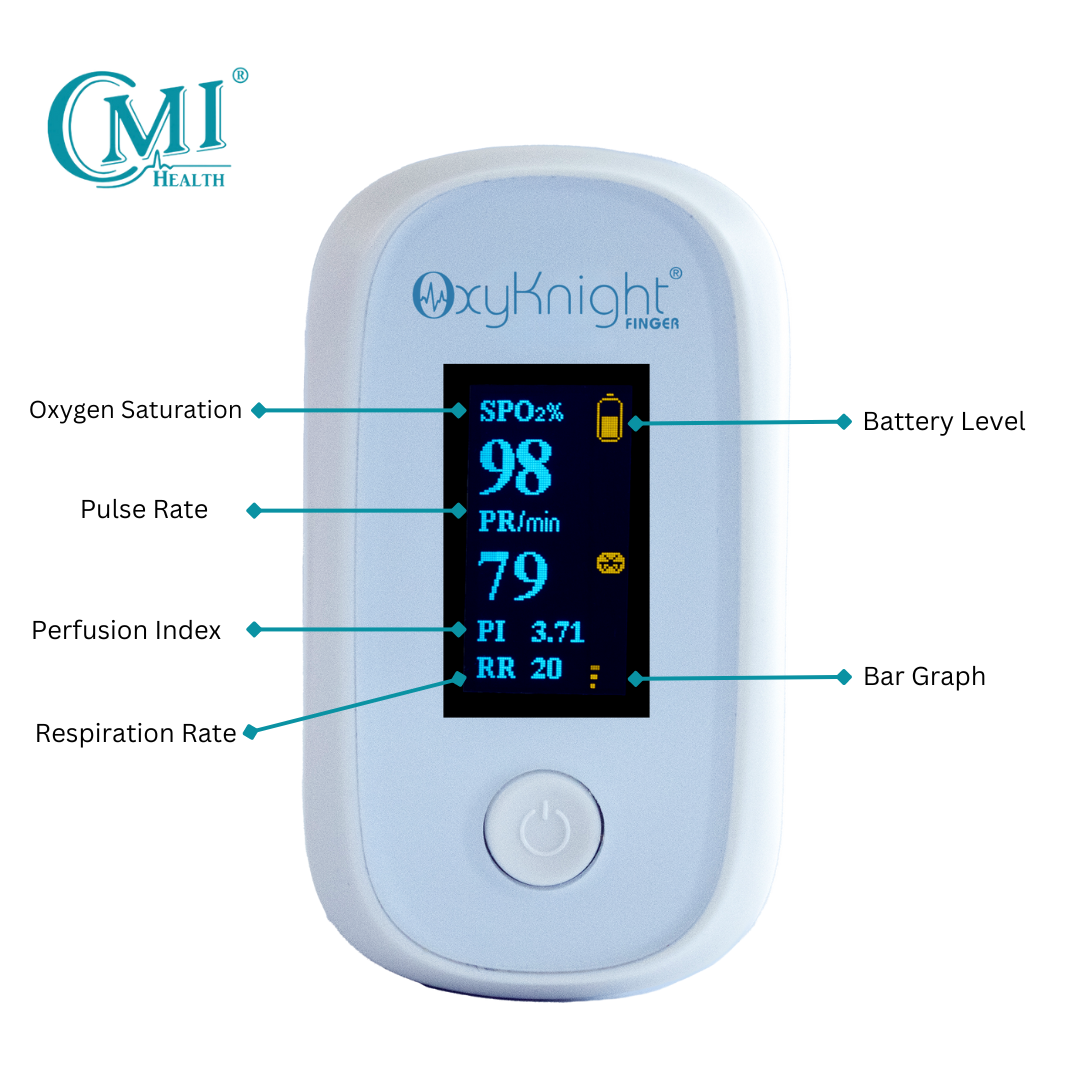
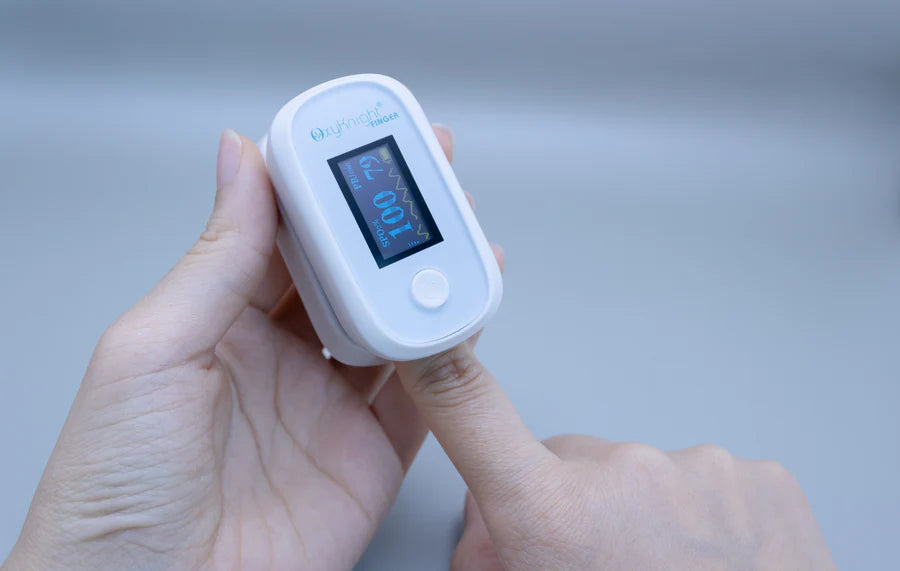
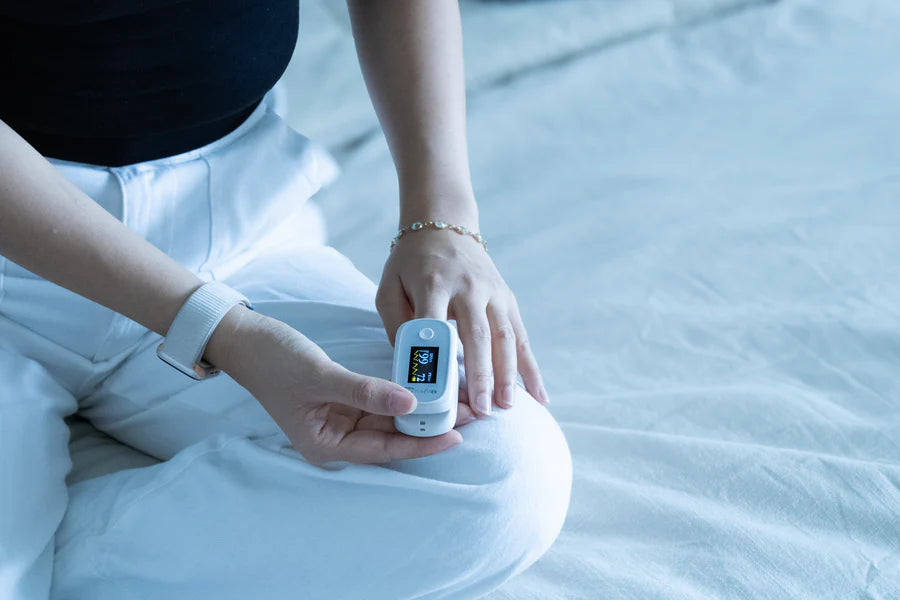
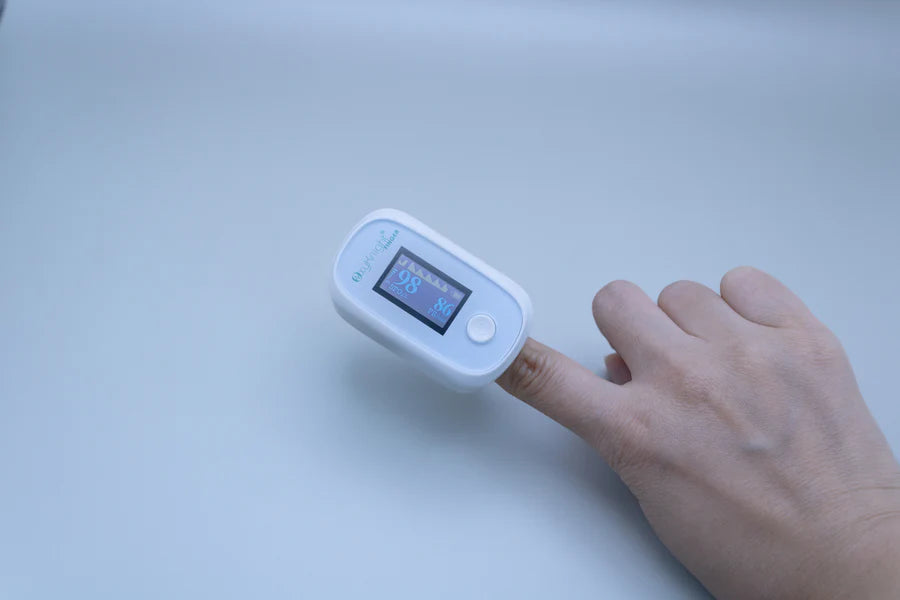
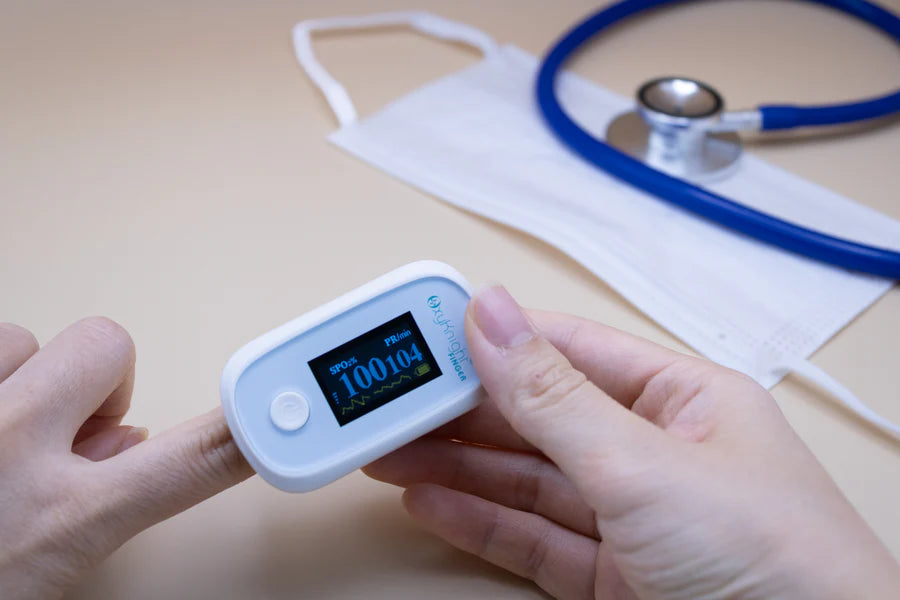
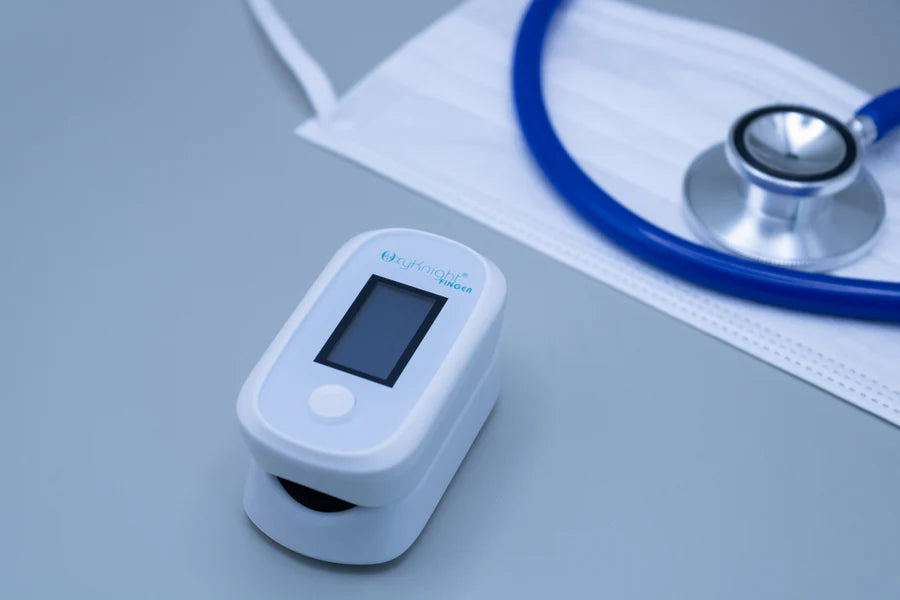

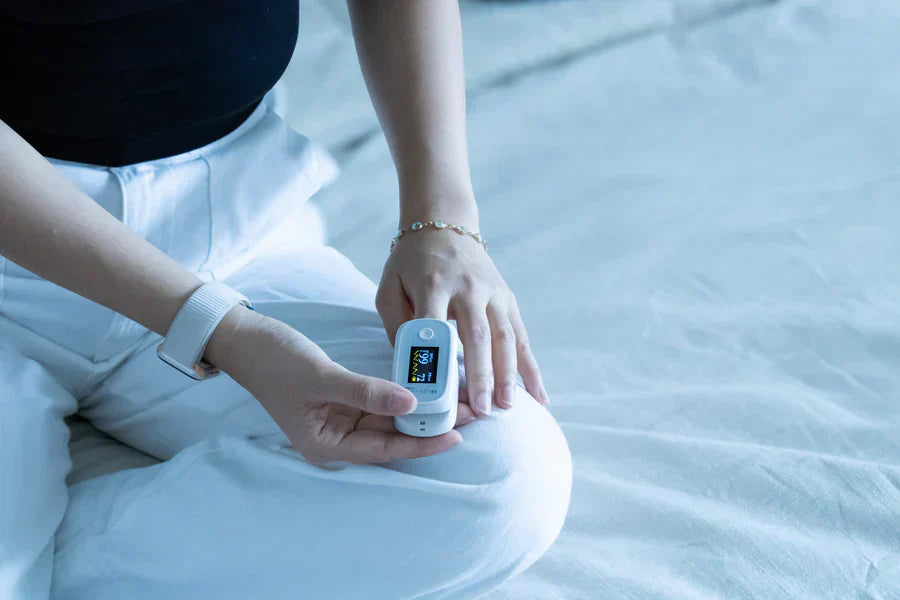
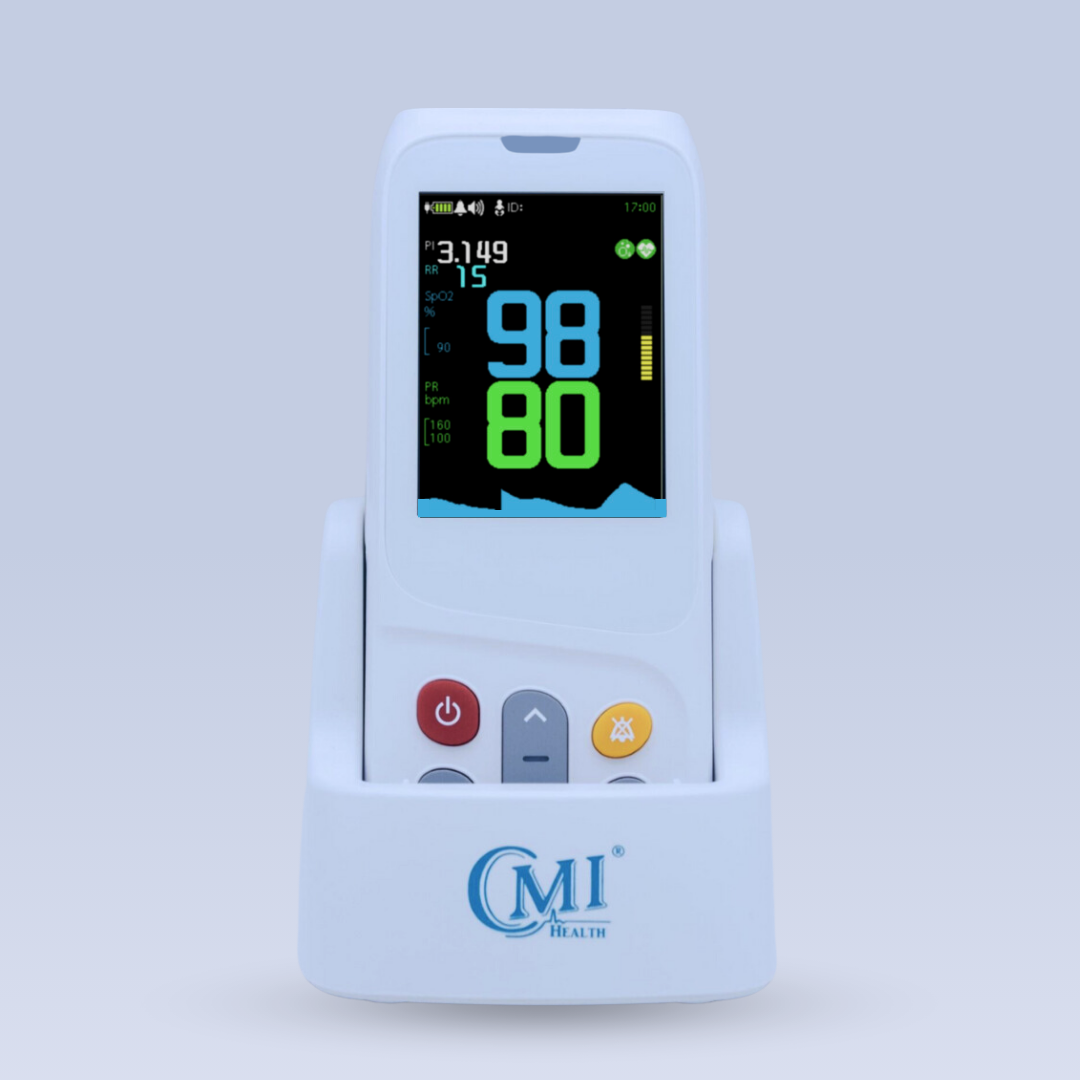
Leave a comment